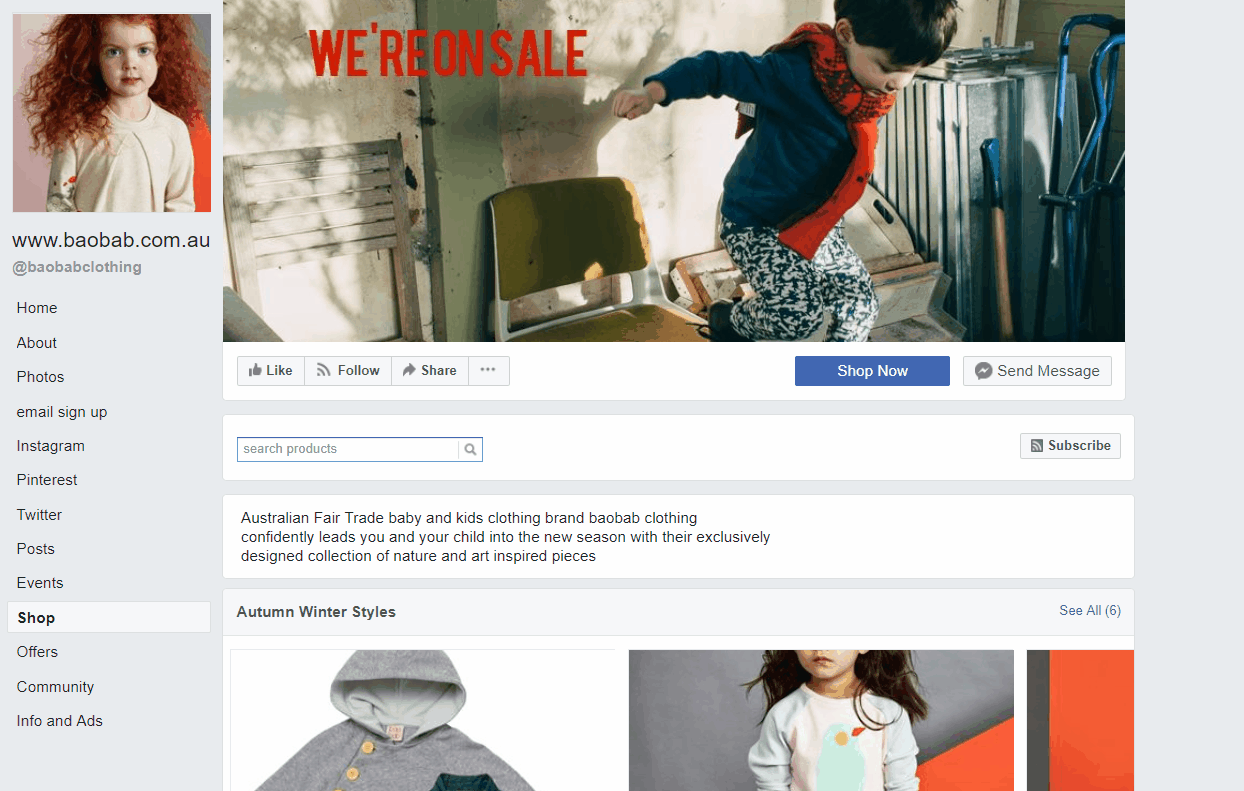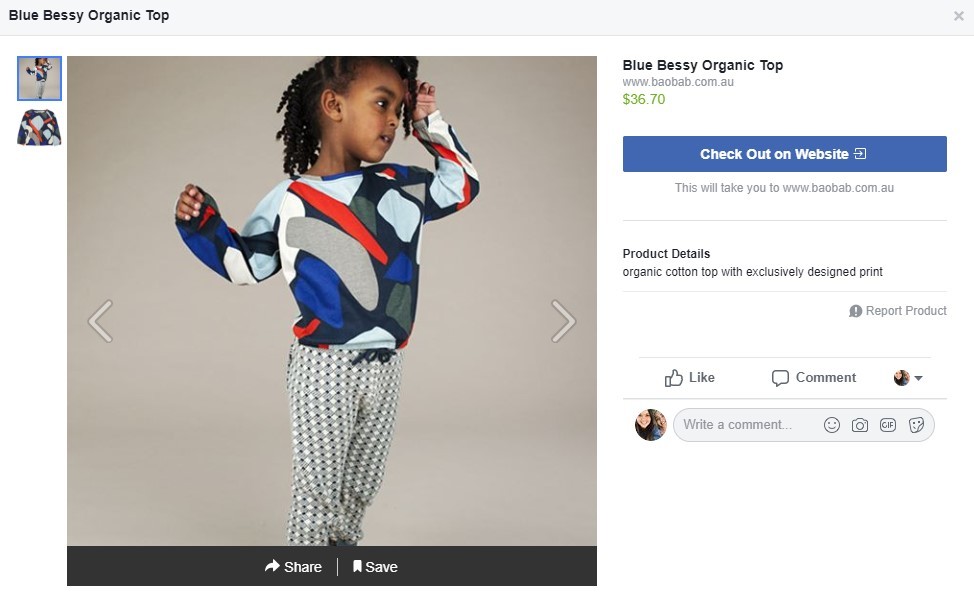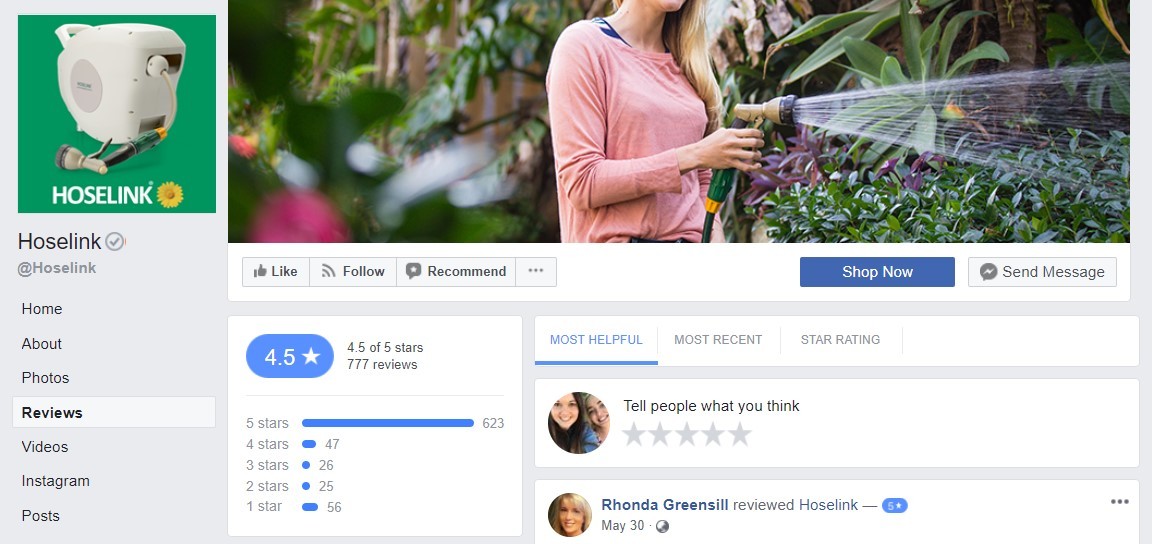
Business • Marketplaces

It’s hard to believe that less than a decade ago, Facebook was purely a social platform - a way to connect with friends and family – no business pages, no advertising and no frustrating Facebook algorithm. Now with over 2 billion active users, 66% of whom return every… single… day, it’s considered to be a vital business tool with a growing level of influence. From small home-based businesses to large multinationals it would be hard to find a business that didn’t have at least a basic social media strategy.
And when it comes to ecommerce businesses, our Neto research has established that up to 7% of purchases are fed by social media.
Beautifully curated, engaging content, supplemented by boosted posts, Facebook advertising and retargeting campaigns via Facebook pixel, form the basis of most business social media strategies.
You’re probably mentally ticking off each of these tactics, but there might be just one that you’re missing – an important part of not just your social strategy but also your omni-channel retail strategy. When was the last time you checked out the Facebook Shop section?
Facebook Shop is a tab you can add to your Facebook business page, but it’s also more than that, it’s a digital storefront that appears on your main page and will be seen by every visitor - a far broader viewership than your website alone. You’re already on Facebook so it makes sense to maximise the opportunity for sales.

With so many people on Facebook, it’s fair to say that your customers and potential customers are also on Facebook, so why not put your best foot forward and include a shop? Users can browse your store while still within the familiar surrounds of Facebook. In fact, by time they click through to your store to purchase, they’re fairly committed to completing a transaction. And while users do need to leave Facebook to complete the purchase, it’s far fewer pages for them to click through.

You also need to consider that Facebook is built for mobile users. This ensures your shop is easy to navigate wherever your customer is and on whatever device they have.

The best part is that it’s a convenient and accessible shopping experience, that’s relatively seamless… which is just what every customer is looking for.
While Facebook is trialling in-app purchases through PayPal and Stripe, this is only for a limited number of businesses in the US. Facebook Shop provides a way for customers to purchase costs nothing extra to set up and the cost to advertise remains the same - it just adds another option for you to promote in your campaigns. The most popular way to set up Facebook Shop is via a direct integration with your ecommerce platform.
All transactions and payments are then captured in your actual online store so there’s no need to manage stock separately or reconcile payments outside of your platform. In any case, it’s always a good thing to take as much control of your sales channel as possible; after all, Facebook is notorious for changing the rules without notice!
| Related reading: The Complete Guide to Ecommerce Payment Systems

By the way, it’s a condition from Facebook that your Reviews Tab is activated if you decide to add a Shop Tab. Reviews will give buyers reassurance that you’re trusted by Facebook and trusted by other users.

Just like any other ecommerce channel, your product listings need to pack a punch with strong imagery and great descriptions. But don’t stop there.
Categorise your products into sections that make sense to the viewer and remember to share products on your page, as it won’t automatically show up in your followers’ news feeds. Be sure to add a caption to your post that gives the reader a sense of why you’re sharing it – perhaps it’s new to the range, on sale or maybe you just want to tell your audience what makes it so great.
Another useful feature within Facebook is the product tag. Any post you create can include a tag that links directly to the product in your shop so get creative with beautiful flat lays, share photos from followers, or you know… that coveted celebrity endorsement!
The way we see it, Facebook users are in a special zone when they’re scrolling through their feed. And whether it’s an organic post, a boosted post or an ad, if they like what they see, they might just click through to buy. That’s why you’re there. Facebook brings your shop directly to your user and they don’t need to consciously think about searching out your website at a later date, they simply click and purchase.
Enter the Facebook Pixel. This is a code that’s placed on your website and has two purposes. Firstly, it helps track conversions from Facebook ads – you can then use this data to tweak your advertising and build look-alike audiences for future ads. Secondly, it allows you to remarket to any visitor on your website (whether they came from Facebook or not). You can even create dynamic ads to display the exact product a specific user viewed on your website.
If you want to start small with your Facebook advertising, the shop function works well in any ad format simply because it has a strong, built-in call to action: Shop Now.
Creating a Facebook Shop is an easy add-on to your omni-channel strategy and with such a huge potential audience, it’s a case of why not? Sales figures might not be huge but you’ll probably find that it’s an additional revenue stream and there’s no denying the potential for growth.
Still building your omni-channel ecommerce strategy? Download our helpful guide here.
